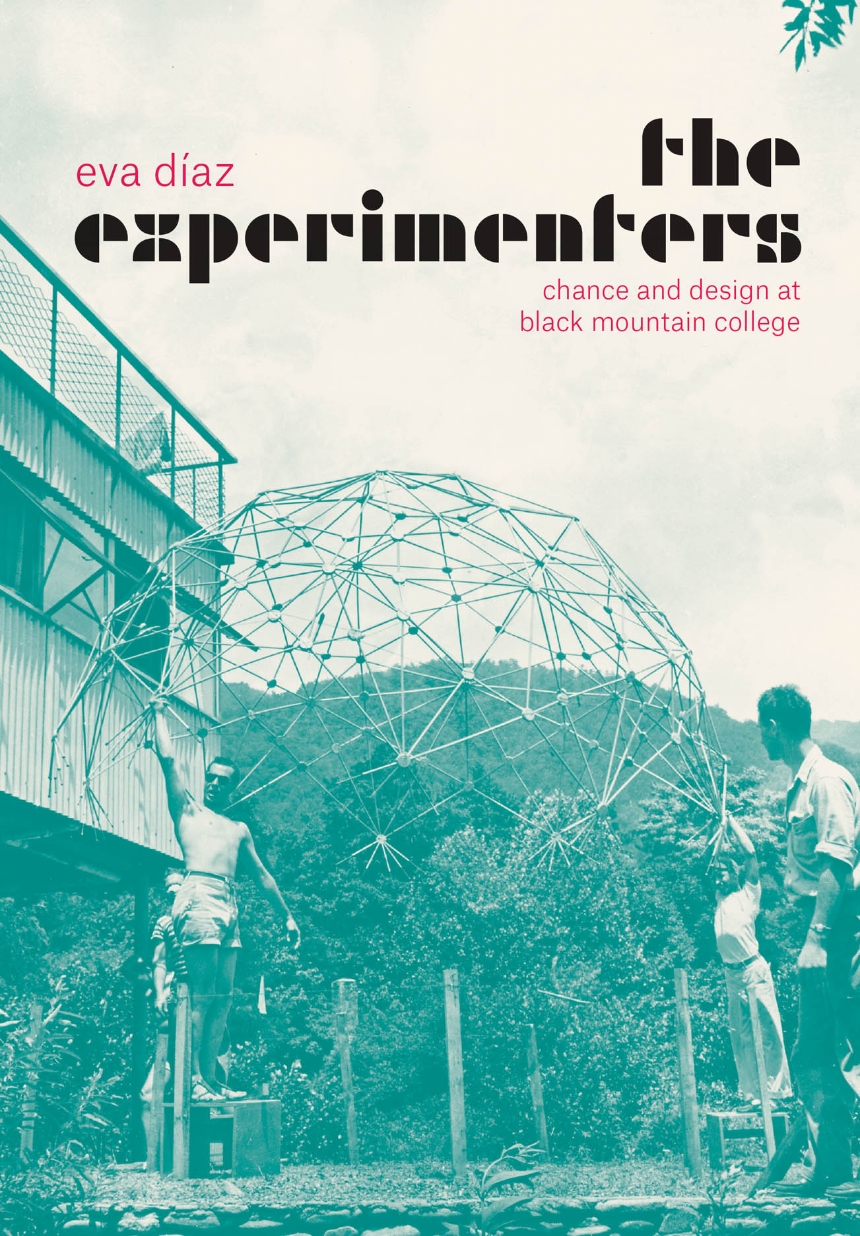The Experimenters
Chance and Design at Black Mountain College
Publication supported by the Neil Harris Endowment Fund
Díaz’s focus is on experimentation. Albers, Cage, and Fuller, she shows, taught new models of art making that favored testing procedures rather than personal expression. These methodologies represented incipient directions for postwar art practice, elements of which would be sampled, and often wholly adopted, by Black Mountain students and subsequent practitioners. The resulting works, which interrelate art and life in a way that imbues these projects with crucial relevance, not only reconfigured the relationships among chance, order, and design—they helped redefine what artistic practice was, and could be, for future generations.
Offering a bold, compelling new angle on some of the most widely studied creative figures of modern times, The Experimenters does nothing less than rewrite the story of art in the mid-twentieth century.
256 pages | 20 color plates, 58 halftones | 7 x 10 | © 2014
Architecture: American Architecture
Art: American Art
Education: Higher Education, History of Education
History: American History
Reviews
Awards
The Society for U.S. Intellectual History: S-USIH Annual Book Award
Honorable Mention
